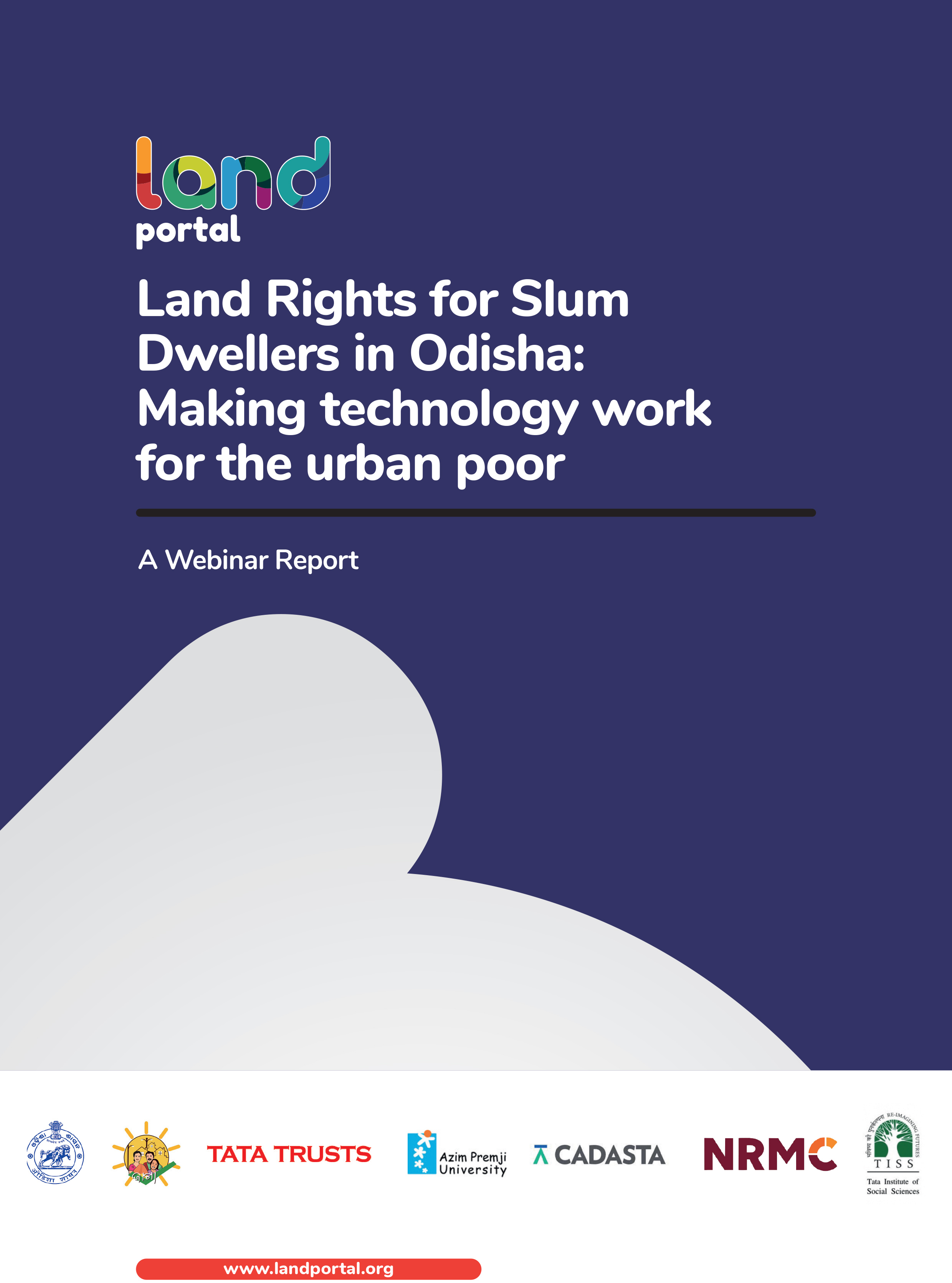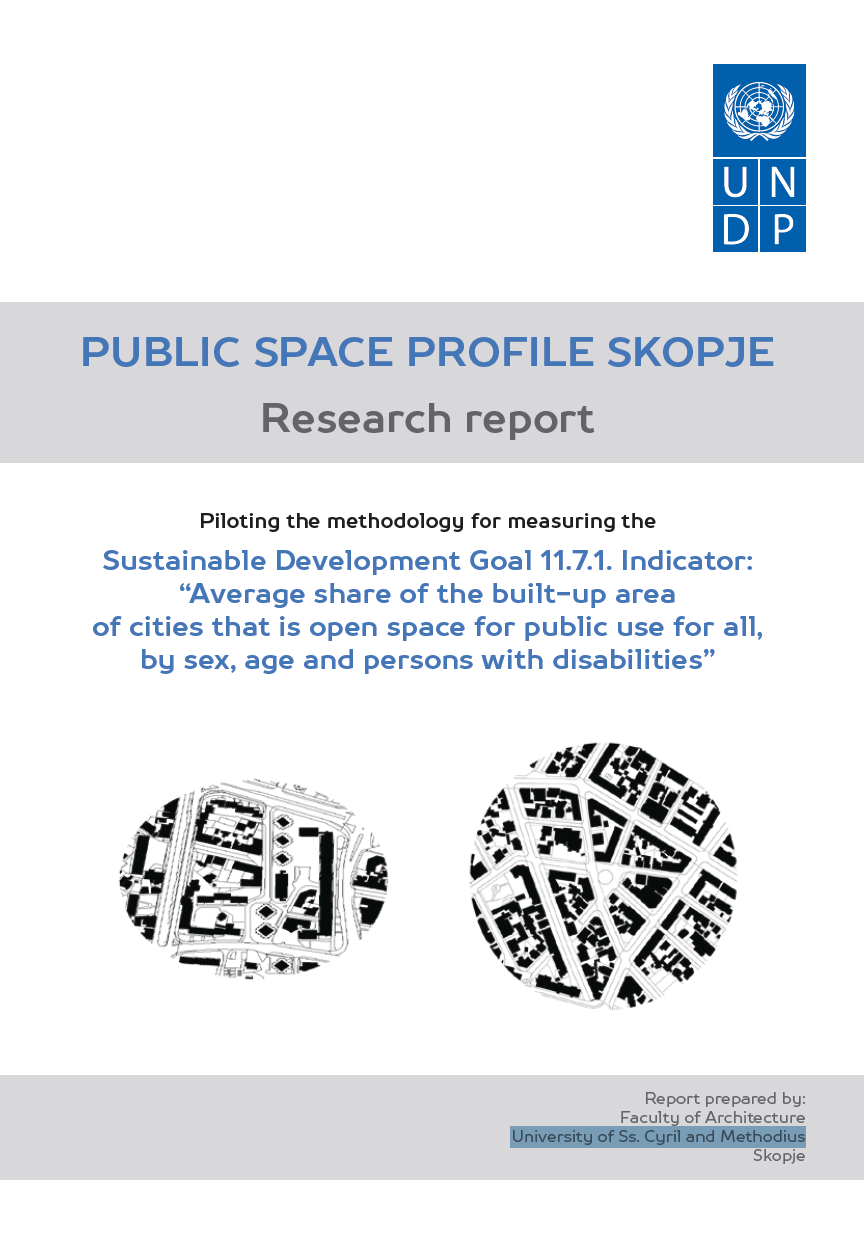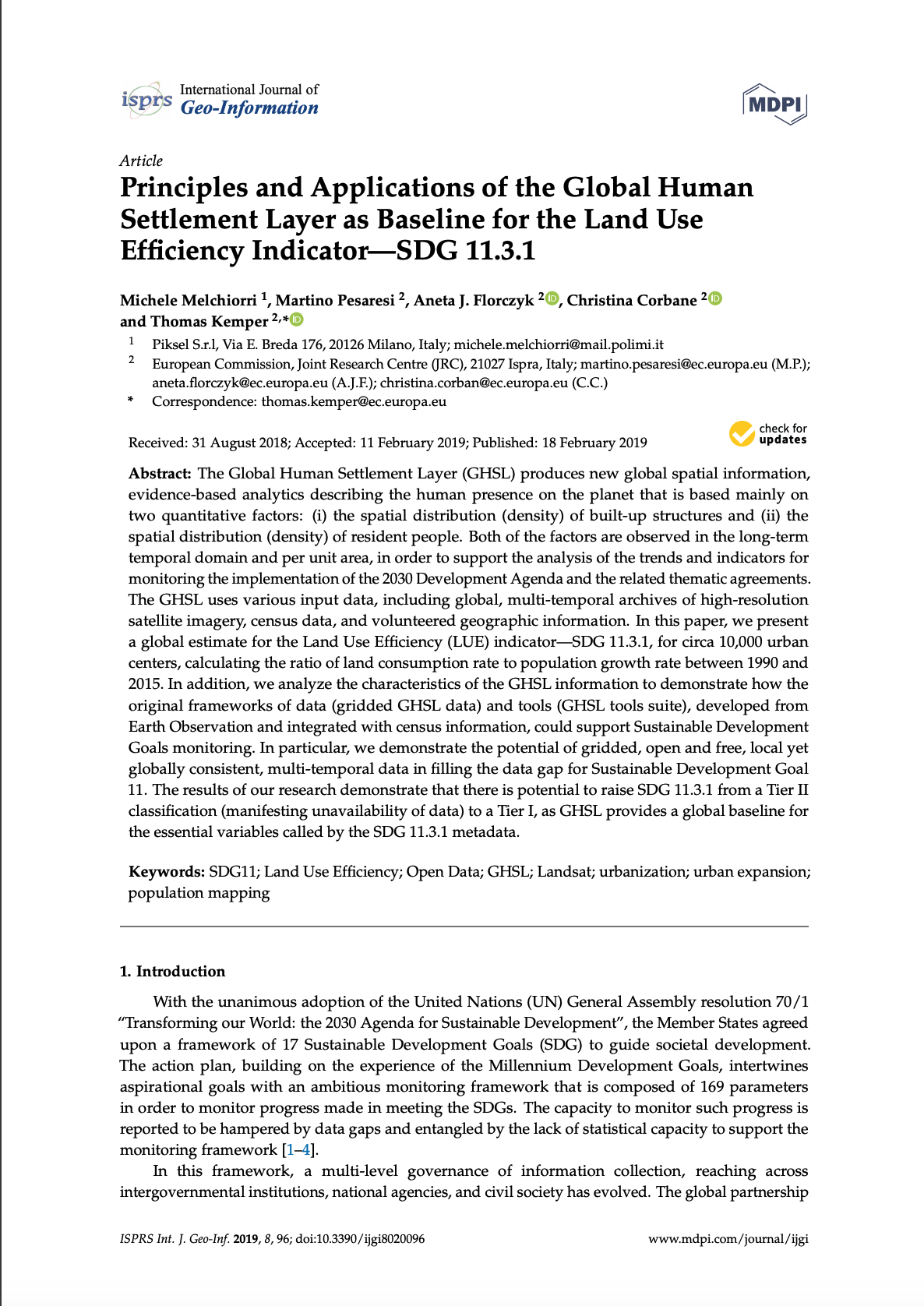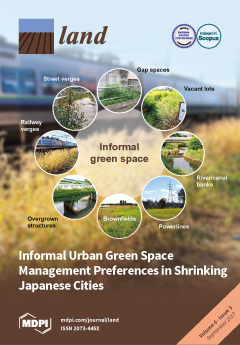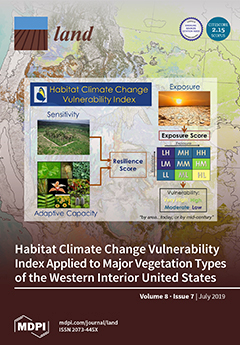Multi-sectoral partnerships for low income land development in Brazil
This work looks into the potential use of various instruments which rely on a close interaction between different segments of society (the public, the private and the third sectors) for increasing low income urban land development in Brazil. It is based on the recognition that the Brazilian housing problem is serious, threatening the development and environment of urban centres in the country, being also intimately related to the difficult access to adequate land by a significant portion of the urban population.


